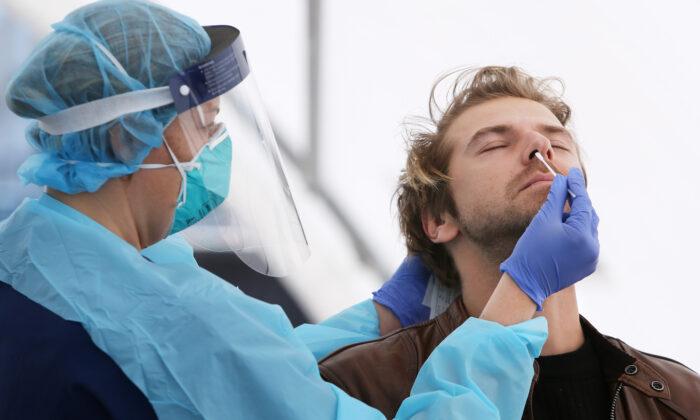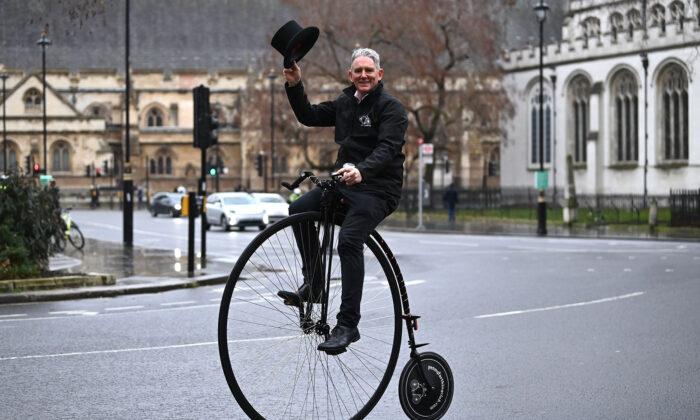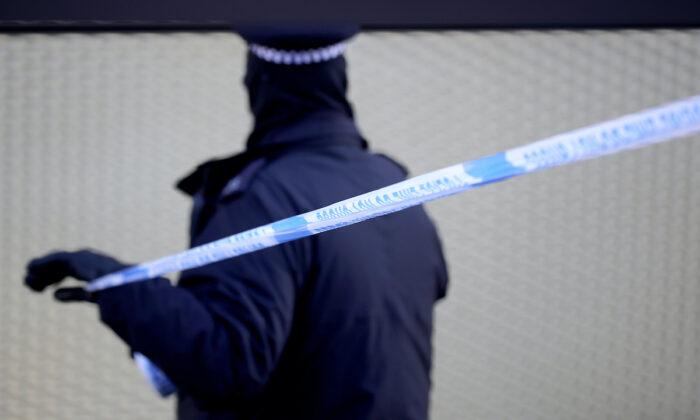The prevalence of COVID-19 cases in England has dropped by almost 30 percent in November, according to the latest results of a large-scale study released on Monday.
The REACT study, by Imperial College London and Ipsos MORI, analysed over 105,000 swabs tests between Nov. 13 and 24, with preliminary results showing that only 0.96 percent of the population has the virus, or 1 in 100 people, compared with 1.3 percent, or 1 in 80, at the start of November.
“As we approach a challenging time of year, it’s even more vital that through our actions and behaviours we all play our part in helping to keep the virus at bay.”
The data from this current round of testing found that the number of infections is halving every 37 days, meaning that infected people are likely to pass on the virus to fewer than one other person.
The R rate was found to have reduced the most in the North West and North East of the country, dropping to 0.76 percent and 0.78 percent, respectively, where the number of positive tests dropped by half. The study found the worst affected area was the West Midlands, with an infection rate of 1.55 percent of the population.
The study also indicated a higher infection rate among Asians, large households, and low income areas.
“This latest data shows we must maintain our resolve and we cannot afford to take our foot off the pedal just yet despite the very encouraging fall in cases and advances in vaccines.”
Commenting on the findings, Mark Woolhouse, a professor of infectious disease epidemiology at the University of Edinburgh, said the survey provides invaluable data on the epidemic, including on asymptomatic cases, which he said accounted for about 40 percent of people tested in the last round.
He also noted that the report showed that the number of cases had already started to fall prior to the lockdown, apart from among teenage children.





Friends Read Free